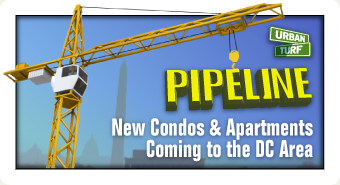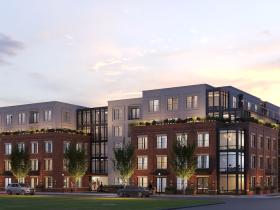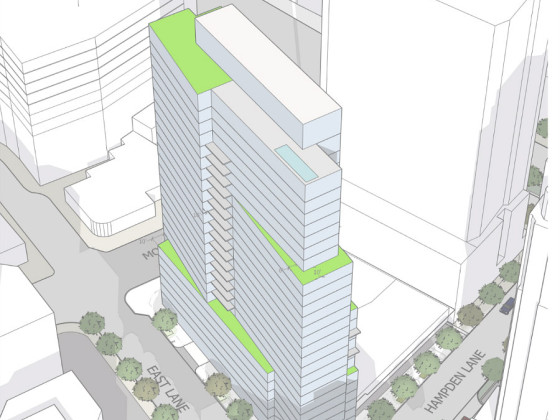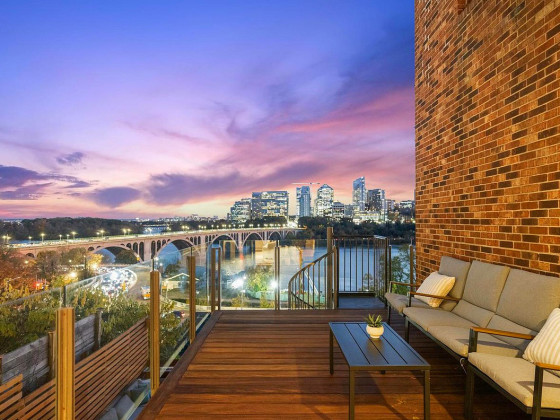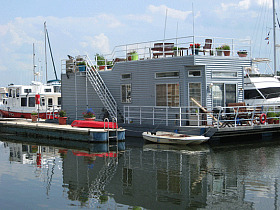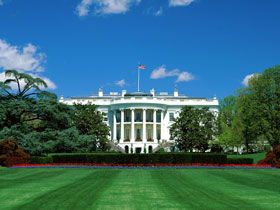 Just How Important Is the Creative Class?
Just How Important Is the Creative Class?
✉️ Want to forward this article? Click here.
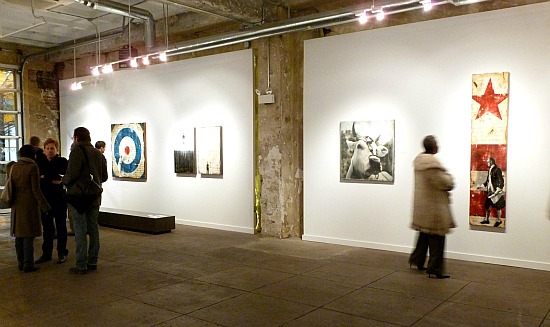
DC’s LongView Gallery
New pop-up shops, cafes, art galleries and bicycle lanes in cities are lauded and certainly have intrinsic value, but do they lead to economic development?
In recent months, a slew of articles (in Salon, Createquity, The Baffler, to name a few) came out questioning the connection between the so-called “creative class” and a city’s prosperity, an idea made popular by Richard Florida’s The Rise of the Creative Class. If a city attracts creative types, the idea goes, the businesses will follow. (Florida defines the creative class as those working in fields like science, technology, and engineering; business, finance, and management; law, health care, and education; and arts, culture, media, and entertainment.)
Since the book’s publication a decade ago, some mayors and city planners who bought into the cause and effect relationship have actively tried to create space for artists and hipsters, hoping that they will see their city rise along with the influx of cool. However, while artist-friendly amenities add to the quality-of-life factor in many neighborhoods, depending on them to lead to prosperity has proven to be dangerous. Thomas Frank’s piece for The Baffler speaks of struggling small towns that spend their limited funds on arts festivals in an effort to attract young people.
“Go vibrant—and go for broke,” Frank warns, encouraging the towns to instead concentrate on limiting the number of big box stores and fighting corporate agriculture to encourage a stable economy. Even Florida, in his subsequent book The Flight of the Creative Class, admits that a growing creative class can increase economic inequality.
As Salon’s Will Doig points out, urbanists are reluctant to embark on critical conversations about the creative class. “There’s a concern, not often talked about, that some of this stuff — the streetcars, the pop-up cafes, the activated spaces, the “vibrancy” — is frivolous and insubstantial. But there’s rarely a real conversation about this, because it’s sort of a touchy subject.”
The organization Creative Class Struggle attempts to be a clearinghouse for all the research that challenges Florida’s theory, but it doesn’t seem to have been updated in a couple of years. An article in The American Prospect, “The Ruse of the Creative Class“ cites a widely-read academic paper, “Struggling with the Creative Class.”
Criticism from The Ruse of the Creative Class:
Conservatives have questioned Florida’s elevation of gay-friendliness as an economic driver and noted that, by some measures, yuppie idylls like San Francisco and Boston have lagged behind unhip, low-tax bastions like Houston and Charlotte, North Carolina. Liberal critics have noted that [Florida’s] creative hubs suffer high inequality, and argued that other cities should develop their own human capital — including that of the low-income minorities who have little place in Florida’s universe — instead of chasing a finite number of laptop professionals.
DC’s discussion surrounding the creative class always seemed slightly different. Though we were rated highly by Richard Florida, the large number of creative class workers may be more a function of DC’s high population of educated workers (another common critique of his theory), and residents seem to appreciate creative, cool developments for their own sake, rather than as an economic boon.
Still, the arts often come up in discussions surrounding neighborhood revitalization, and a conversation about the potential for creative class-style development to lead to greater income inequality seems like an important one for DC planners to have. According to a recent article in DC Intersections, community groups like ONE DC are attempting to to mitigate the potential inequity of developing neighborhoods. As organizer Dominic Moulden states in the piece, “The creative class should be be multi-class and multi-ethnic from the beginning.”
See other articles related to: creative class
This article originally published at https://dc.urbanturf.com/articles/blog/just_how_important_is_the_creative_class/5773.
Most Popular... This Week • Last 30 Days • Ever

With frigid weather hitting the region, these tips are important for homeowners to ke... read »
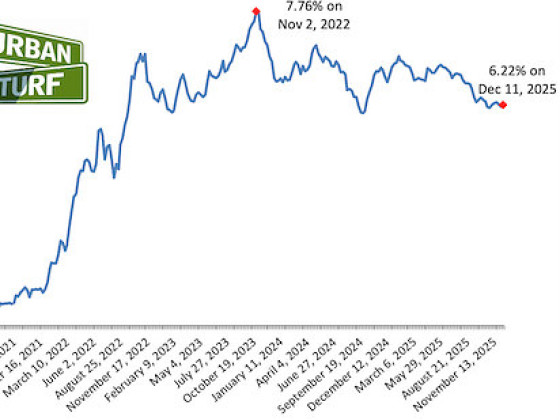
Today, UrbanTurf offers a brief explanation of what it means to lock in an interest r... read »
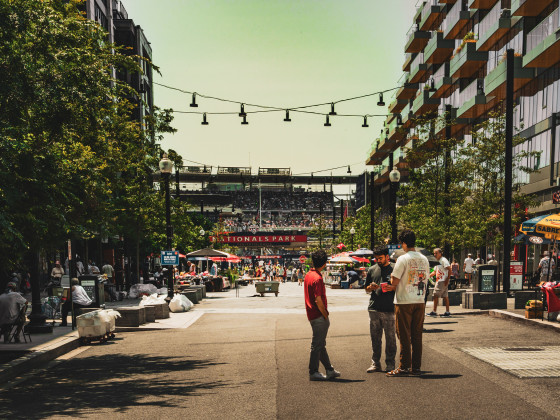
A new report from DC’s Office of Revenue Analysis highlights how millennials and wo... read »
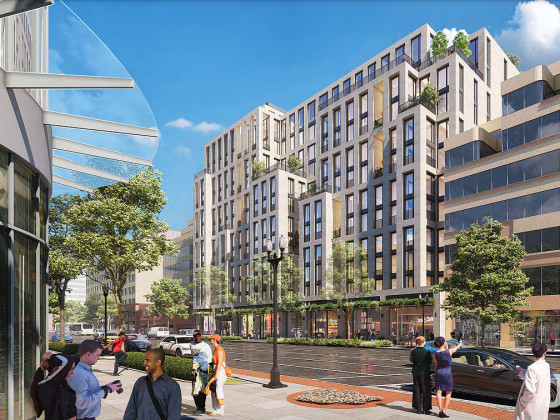
An application extending approval of Friendship Center, a 310-unit development along ... read »
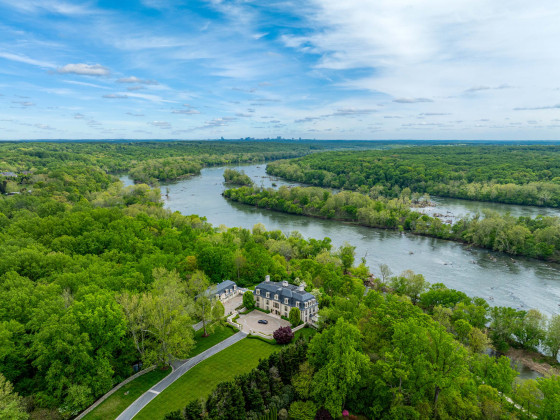
The 30,000 square-foot home along the Potomac River sold at auction on Thursday night... read »
DC Real Estate Guides
Short guides to navigating the DC-area real estate market
We've collected all our helpful guides for buying, selling and renting in and around Washington, DC in one place. Start browsing below!
First-Timer Primers
Intro guides for first-time home buyers
Unique Spaces
Awesome and unusual real estate from across the DC Metro
